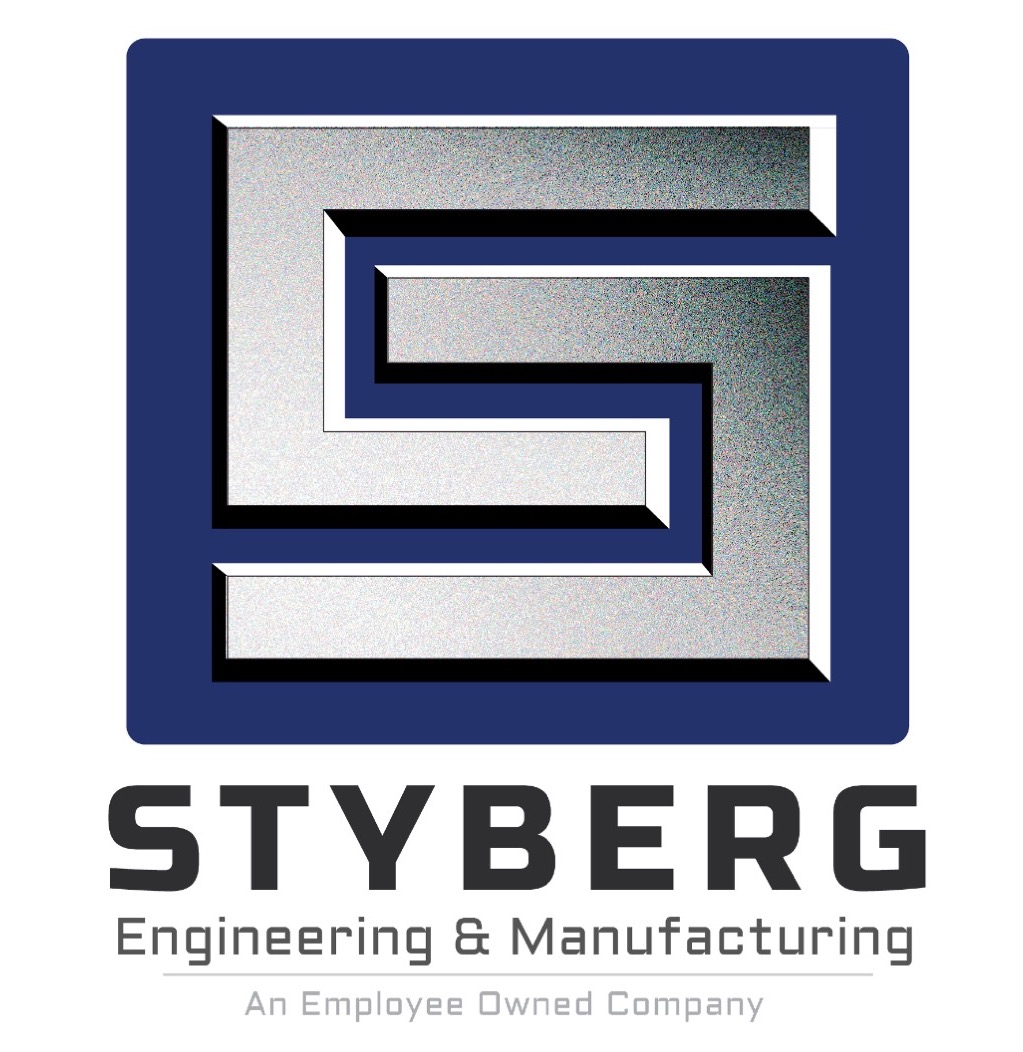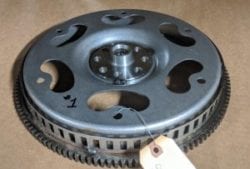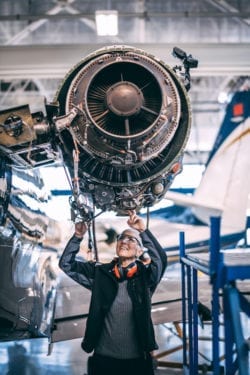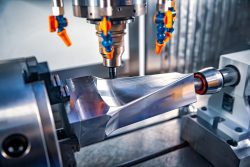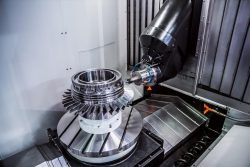3D Printing And Steel Manufacturing In Racine WI
The integration of 3D printing with steel manufacturing is revolutionizing the industry. This advanced technology is opening up new possibilities in design, production, and sustainability. It is transforming how metal products are conceived and created. The discussion below gives you an in-depth look at how 3D printing is impacting steel manufacturing in Racine WI.
The Intersection of 3D Printing and Traditional Steel Manufacturing
3D printing, also known as additive manufacturing, is fundamentally different from traditional subtractive fabrication techniques. Instead of removing material to create a part, 3D printing adds material layer by layer. This process allows for unparalleled precision in steel stamping services and complexity in design, which is particularly beneficial in manufacturing.
Traditional steel fabrication processes, such as casting and forging, have limitations in terms of the shapes and structures they can produce. 3D printing overcomes these limitations by enabling the creation of intricate geometries that were previously impossible or too costly to achieve. This technological synergy enhances the versatility and capabilities of metal products across various industries.
Benefits of 3D Printing
3D printing in the industry reduces material waste. Traditional methods often involve significant wastage of raw materials, especially when producing complex parts. 3D printing, however, uses only the necessary amount of material to make the process more sustainable and cost-effective.
Additionally, 3D printing accelerates the prototyping and production phases. Design iterations can be quickly and easily modified, allowing for rapid prototyping and testing.
Innovations and Applications
The application of 3D printing in Steel fabrication in Wisconson is driving numerous innovations. For instance, the aerospace and automotive industries are leveraging this technology to produce lightweight, high-strength components that improve performance and fuel efficiency. Complex parts such as engine components, brackets, and heat exchanges can be manufactured with improved performance characteristics.
We use 3D printed steel to create custom implants and surgical instruments in the medical field. The ability to produce patient-specific implants tailored to individual anatomy enhances surgical outcomes and patient recovery times. Additionally, the precision of 3D printing ensures that these medical devices meet the strict regulatory standards required in healthcare.
Challenges and Considerations
Despite its advantages, the integration of 3D printing in fabrication is not without challenges. One of the primary hurdles is the cost of 3D printing equipment and materials. High-quality 3D printers and specialized metal powders are expensive, which can be a barrier for smaller manufacturers. However, as the technology continues to evolve and become more widespread, these costs are expected to decrease.
The Future of 3D Printing in Steel Manufacturing
The future of 3D printing technology looks promising, with ongoing advancements expected to further revolutionize the industry. Research and development efforts are focused on improving the properties of 3D printed metals, such as enhancing its strength, durability, and resistance to corrosion. These advancements will expand the range of applications and increase the competitiveness of 3D printed products.
